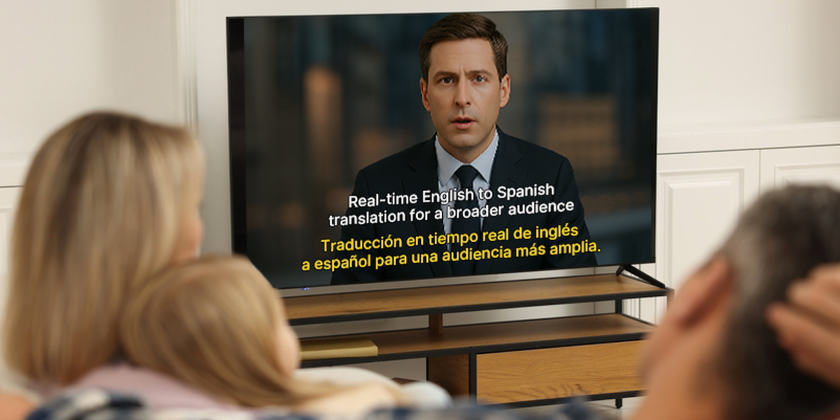FCC Issues Rules for DTV Transition Delay
The FCC’s latest order on the DTV Delay Act contains several important deadlines for broadcasters.
According to the commission, which released its Second Report and Order and Notice of Proposed Rulemaking implementing the act late last week, stations must notify the FCC of their final transition date by March 17. Stations will be allowed to shut off analog broadcasting before June 12, but, under the proposed rules, that cannot be prior to April 16. Stations must wait until the FCC adopts its new procedures before filing their planned shutdown dates.
The FCC has proposed to allow stations to proceed with the termination date specified in their March 17 notifications without FCC action, with one exception: If a major network affiliate plans to terminate service early, it must certify that at least 90 percent of its analog viewers will receive some analog service (full service or enhanced nightlight) until June 12, and that it will comply with the other public interest conditions described on or before the day it terminates analog service, and through June 12.
If a major network affiliate fails to certify it will meet both requirements, it must continue providing analog service until June 12, “except in the case of equipment failure, natural disaster, or other unforeseeable emergency.”
Stations will have some flexibility for brief terminations or reductions of service for technical reasons under Section 73.1615 of the rules.
All full-power television stations must update their DTV transition status reports (FCC Form 387) no later than Thursday, April 16 to reflect their transition plans as a result of the nationwide delay. The FCC will establish final analog service termination procedures by Friday, March 13.
“Only notifications filed prior to March 17, 2009, and in compliance with the procedures adopted in this docket will be accepted,” the commission said in its R&O. “Stations should not file 30-day advance notifications of intent to terminate analog service, and will not be authorized to terminate analog service prior to June 12, 2009 based upon the filing of any notification submitted before we finalize and release the analog service termination procedures.”
Stations eligible and willing to be “analog night lights” will be able to continue broadcasting DTV education and emergency information for 30 days after June 12.
The DTV transition announcements that full-power stations are required to broadcast have been revised to reflect the new national analog shutdown date and note that some stations may shut off analog before that date. There are multiple options for airing announcements. For details on these and also consumer education efforts that are required pre-transition and post-transition, refer to the Second Report and Order and Notice of Proposed Rulemaking.
Due to the problems observed when stations changed from UHF to VHF DTV channels, or vice-versa, the FCC is proposing that the stations changing include notice about the need for additional or different equipment to avoid loss of service as part of their required consumer education activities.
The FCC sought comment on whether they should allow stations to terminate analog service at any time on June 12 or to require them to continue broadcasting until 11:59:59p.m. local time. The DTV Delay Act does not specify the time of day on June 12 for analog termination.
“We do not believe it is necessary to treat analog termination on June 12, but prior to 11:59:59, p.m. as an 'early' termination, and propose to leave it to stations to determine what time of day is most appropriate for their viewers,” the NPRM said.
The FCC proposes to require that stations notify the commssion when and at what time they plan to turn off analog when filing the required March 17 notification. Stations would also have to notify viewers through their required PSAs, crawls and other consumer education broadcasts if they are planning to end analog service before 11:59:59 p.m.
There are advantages to shutting down earlier in the day. If any problems arise with cable or satellite providers, there’s time to resolve the problem before the audience increases for evening programming. Viewers may even have time to run out and buy a converter box. This sounds preferable to having the analog disappear at midnight, with some viewers being surprised when they turn on their TV in the morning and find no signal.
In addition to delaying the analog shutdown, the Second Report and Order and Notice of Proposed Rulemaking extends the construction requirements and license period of authorizations in the 700 MHz band.
Get the TV Tech Newsletter
The professional video industry's #1 source for news, trends and product and tech information. Sign up below.










